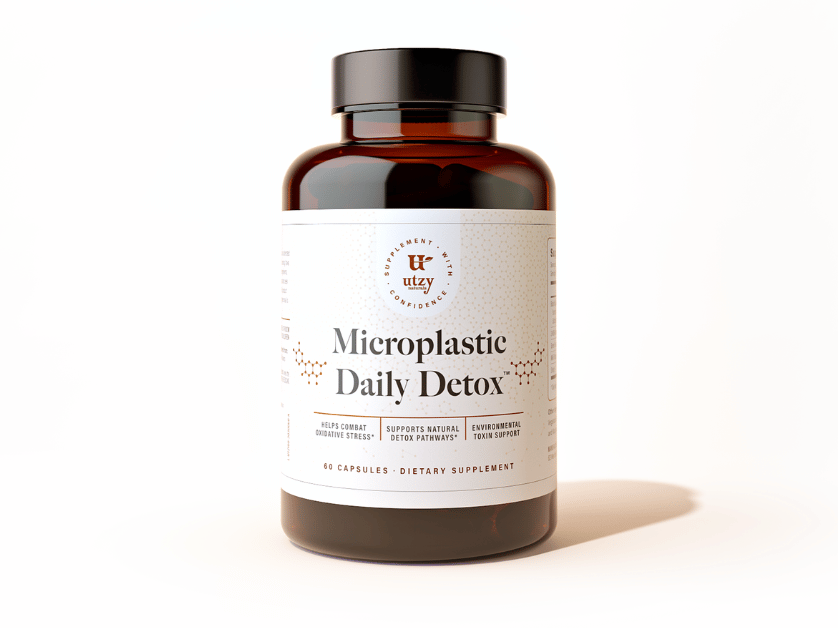shop
learn

Don’t Harsh on #AvocadoToast! Some Social Media Trends Make Us Healthier
December 07, 2017 4 min read
There’s a lot of study and talk these days about the potential mental health drawbacks of social media. Silly social media trends are also a favorite talking point of folks who bemoan the millennial generation — like the guy who told millennials they could afford houses if only they would just stop eating avocado toast.
Now hold on a minute. Don’t mess with the avocados! Just like everything else, social media can be a force for ill or good depending on the amount and the context of its use. The popularity of avocados is just one example of ways that social media can promote healthy choices.

Turning Unhealthy Habits Around
There are some great points we could get into. There does seem to be a correlation with social media use, mentally unhealthy habits, and sedentary lifestyles. But the solutions are going to come from embracing technology constructively, not blaming it.
New technology is not inherently unhealthy, and when embraced by healthcare providers and patients, can be used to improve health. Healthcare providers are making use of mobile technology and social media to provide better service and gather more accurate information about lifestyle and its relevance to health.
There’s also an argument to be made for fitness technology actively fighting the degenerative effects of social media by embracing it and making fitness social. At least the physical effects.
There are a number of examples of this: fitness trackers that are connected with social networks, apps that encourage physical activity and sharing one’s time outside.
What Does Social Media Have to do With Obesity?
Despite what you’ll read from online columns, the rapid increase in obesity in North America is actually a complex web of modern day realities, all coming together to create new health problems and crises. National health issues are no new phenomenon, the type of problem just tends to shift with current circumstances.
The prevalence of office jobs and the convenience of travel and sit-down entertainment are just a few contributors to rising obesity rates, and that’s before we even get into high-fructose corn syrup and the popularity of cheap, calorie-dense fast food.
So, yes, in excess social media does contribute to an unhealthy lifestyle. But what doesn’t? Let’s stop talking the evils of popular socials, start talking dosage and transformative potential.
Where Does Avocado Come in?
Avocados are stuffed full of nutrients and healthy fats. Studies have found correlations between avocado consumption and improved diet balance, and avocados are great for cholesterol health. So while some people are busy scoffing at millennials for being obsessed with avocado toast, they’re busy eating avocados and reaping the health benefits.
It would be difficult to accurately measure the true impact of a viral trend, but in this case social media is being used to disseminate information about a healthy diet, and recipes based on nutrient-rich foods.
Avocados are often paired with eggs, lean meats like chicken, and feature prominently in vegetarian and vegan meals.
Avocados as a Model for Health-Positive Social Media
The problem with social media reaction-ism is, once again, the issue of dosage. Yes, when not combined with offline interaction, social media can provide people with false senses of intimacy and community. The avocado toast thing has been interpreted as unhealthy financial decision-making. In reality, it’s a red herring that rich people are using to blame younger generations for habits that are, in fact, healthy!
To make a blanket claim that social media is bad for relationships and health demonstrates a flawed, narrow understanding of community-building.
It should also be mentioned that for many people who do suffer from legitimate mental illness, social media is actually a helpful coping mechanism that connects them to support networks, communities of other people who suffer, and allows them to express themselves.
In addition to this, the potential for community good on social media has yet to be fully explored. People often deride “slacktivism” -- the act of sharing social media posts about issues you care about -- but there is some evidence that this social sharing doesn’t happen in a vacuum, and does in fact encourage real community involvement: Health-positive, community-positive social media exists. Moving networks in positive directions is the responsibility of community members, influencers, and businesses who take part.
The avocado example is just one way that social media can be used to promote health and active lifestyles. There are other examples of social media’s power in creating a sense of community responsibility and connection, such as the community cleanup initiative mentioned in the Guardian above.
The most important, and most difficult way to create positive outcomes is to combine online engagement with offline action. When social media can be used as a source of inspiration and energy -- impetus to action, then it’s working in a healthy way for everyone involved.
Just because it’s difficult, however, doesn’t mean that it can’t or shouldn’t be done. We can leverage supposedly unhealthy habits and turn them on their heads. Avocados might be the first step!
_____________________________________________________________________________

Avery Phillips is a freelance human based out of the beautiful Treasure Valley. She loves all things in nature, especially humans. Comment down below or tweet her @a_taylorian with any questions or comments.
Leave a comment
Comments will be approved before showing up.
Also in Health
Subscribe
Sign up to get the latest on sales, new releases and more …
Join the Utzy Naturals Club!
Sign up and get the latest on sales, new releases, and more...





